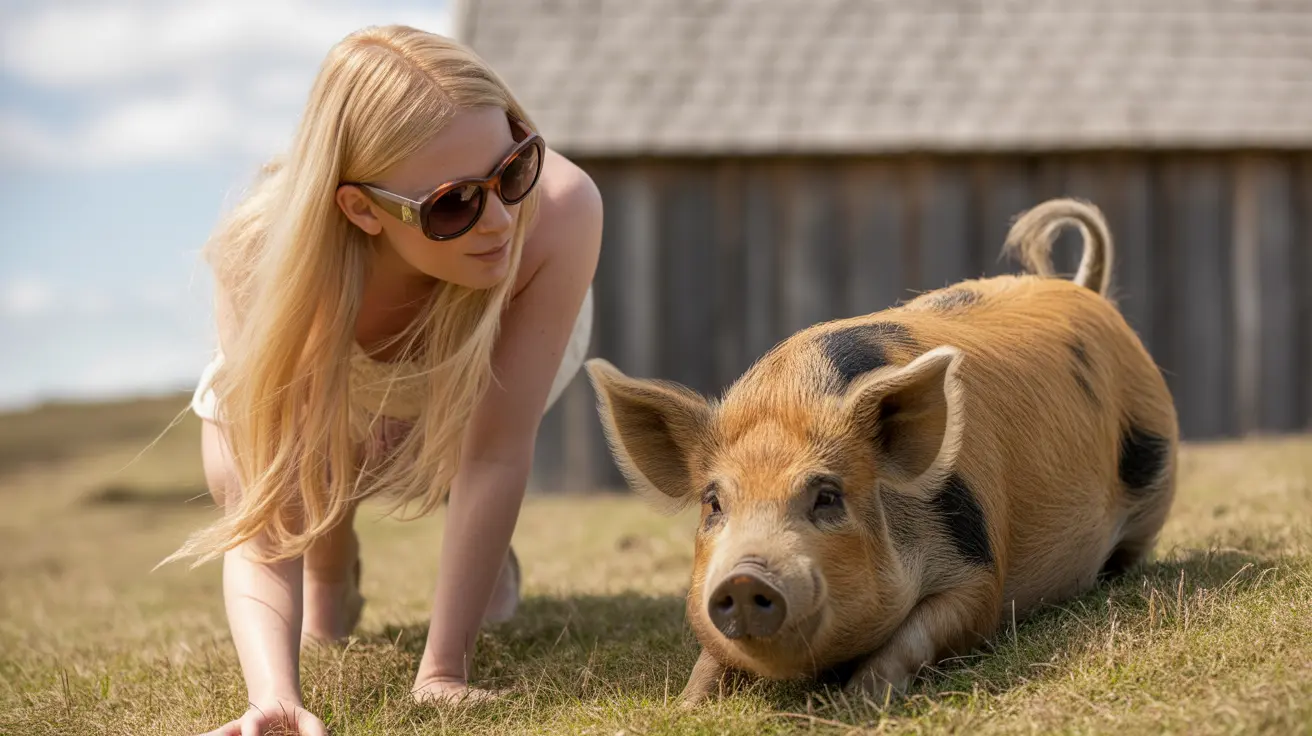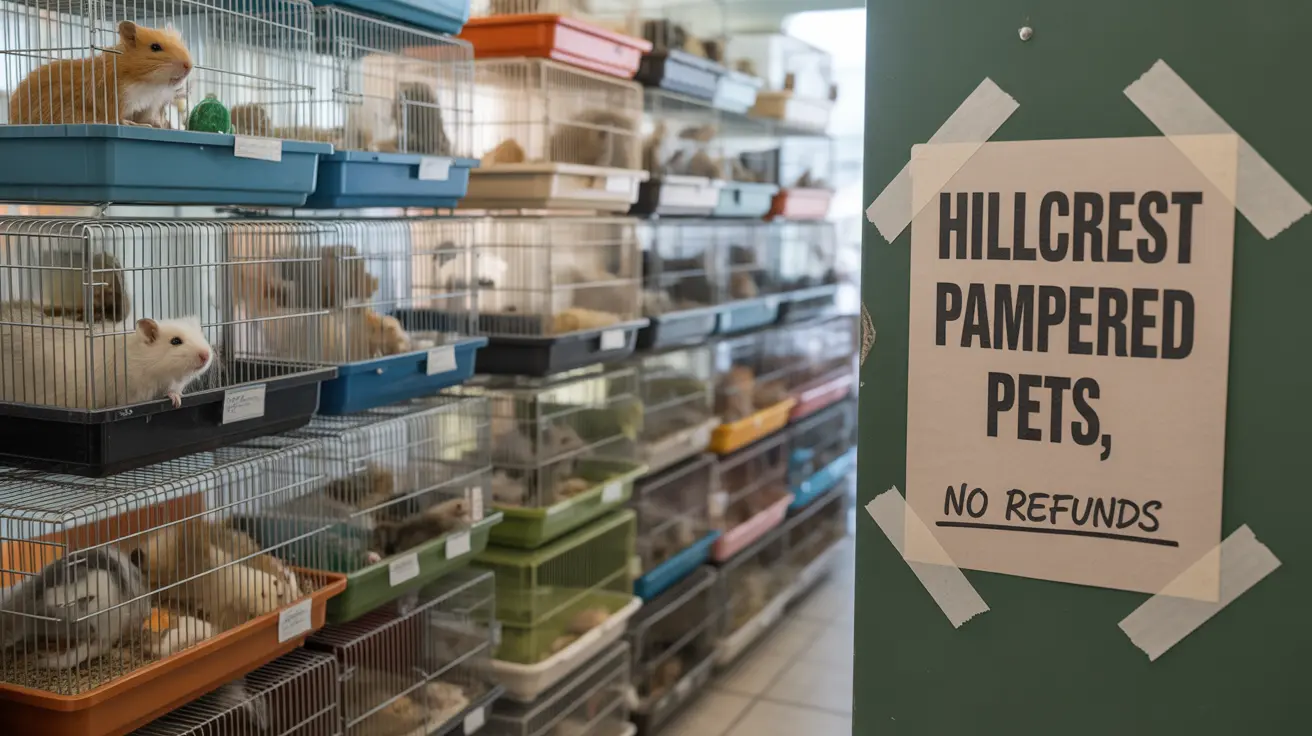How Many Black Olives Can a Dog Safely Eat?
Olives are a common pantry item often enjoyed by humans, but pet owners may wonder: can dogs eat black olives? And if so, how many black olives can a dog eat safely? The short answer is that dogs can eat black olives in moderation, but there are important considerations to ensure their safety and health.
Are Black Olives Safe for Dogs?
Yes, black olives are not toxic to dogs. When served plain, unsalted, and without pits, black olives can be a safe and occasional treat. However, they should be offered cautiously and in moderation due to their fat content and potential for added sodium.
Health Benefits of Plain Black Olives
Plain black olives contain several beneficial nutrients for dogs, including:
- Monounsaturated fats – which support skin and coat health.
- Vitamin E – an antioxidant that may contribute to immune function.
- Copper and iron – essential minerals for red blood cell production and enzyme functionality.
Although these nutrients offer some benefits, they are generally already included in balanced commercial dog food, making olives unnecessary for a complete diet.
The Importance of Moderation
While black olives can be safe, too many can lead to health issues. The high fat and sodium content can cause:
- Digestive upset (diarrhea, vomiting, gas)
- Weight gain
- Dehydration
- Increased risk for dogs with existing kidney or heart conditions
Therefore, it’s recommended to feed your dog only 1–2 plain, pitted black olives occasionally. They should never be given daily or in large quantities.
Avoid These Dangerous Olive Types
Not all olives are created equal. Some types can be harmful or toxic to dogs:
- Marinated olives – often contain garlic, onions, or spices that are unsafe for dogs.
- Stuffed olives – may include blue cheese, pimentos, or anchovies, which can be dangerous.
- Brined olives – high sodium content can lead to dehydration or salt poisoning.
- Olives with pits – pose a choking hazard and may cause intestinal blockages or broken teeth.
Always select high-quality, fresh, unsalted black olives that are free of any additives, preservatives, or seasonings.
Introducing Olives to Your Dog’s Diet
When introducing any new food, especially human foods like olives:
- Start with a small piece or half an olive to gauge your dog’s tolerance.
- Monitor for reactions like skin itchiness, bloating, vomiting, or lethargy.
- If no symptoms appear, occasional feeding (no more than 1–2 olives) is safe.
- Stop immediately and consult a vet if any adverse symptoms occur.
Which Dogs Should Avoid Olives?
Some dogs are more sensitive to fatty or salty foods and should avoid olives entirely:
- Dogs with pancreatitis
- Dogs on a low-fat or low-sodium diet
- Dogs with kidney or heart diseases
For these pets, even one olive could cause discomfort or worsen existing health conditions.
Is Olive Oil Safe for Dogs?
Extra-virgin olive oil in small amounts can benefit your dog’s health due to its antioxidant and moisturizing properties. Here are general dosage guidelines:
- Small dogs (up to 20 lbs): 1/4 teaspoon/day
- Medium dogs (21–50 lbs): 1/2 teaspoon/day
- Large dogs (over 50 lbs): 1 teaspoon/day
Always consult a veterinarian before adding olive oil to your dog’s diet, especially with any underlying medical issues.
Healthy Alternatives to Olives
Looking for other safe treats for your dog? Try:
- Carrots
- Blueberries
- Bananas
- Apples (without seeds)
- Pumpkin
- Plain lean cooked meat (unseasoned)
- Bell peppers
- Watermelon (seedless)
Summary: Best Practices When Feeding Black Olives to Dogs
- Only use plain, unsalted, pitted olives
- Limit to 1–2 olives occasionally
- Avoid marinated, brined, or stuffed olives
- Watch for signs of digestive or allergic reactions
- Consult your vet before introducing new foods
- Olives should be a rare treat, not part of your dog’s regular diet
In conclusion, black olives can be a safe, occasional treat for most dogs if served properly. Always practice moderation and put your pet’s health first by avoiding seasoned or brined options, watching for side effects, and consulting your veterinarian when in doubt.





